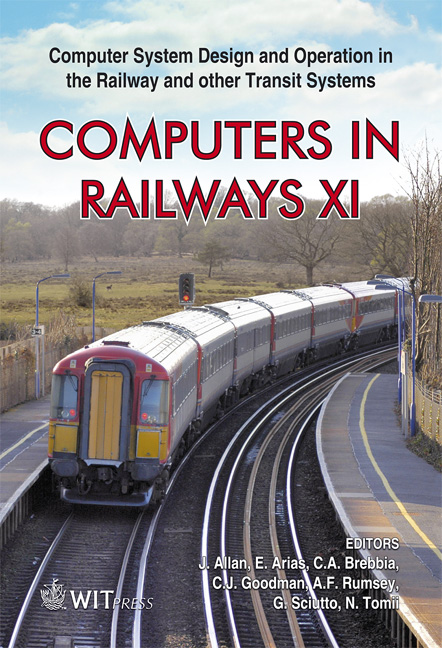A Production Train Diagram Of Train Control To Save Power Consumption Used For Dynamic Programming
Price
Free (open access)
Transaction
Volume
103
Pages
9
Page Range
359 - 367
Published
2008
Size
463 kb
Paper DOI
10.2495/CR080361
Copyright
WIT Press
Author(s)
T. Katori & T. Izumi
Abstract
Reducing power consumption is an important subject for railways using electric energy. In order to efficiently use power generated by generation brakes, it is necessary to consider the acceleration or deceleration of trains running in each other’s neighbourhood and control these factors as a whole. Therefore, we are studying to determine a train diagram that saves total and moment power consumption. However, because there are many combinations of how to run the trains, it is difficult to calculate the best solutions. In this paper, we have solved the problem to create train diagrams to minimize power consumption considering the generation braking system. A computer uses conditions of distance between any stations and required running time for any number of trains, calculates how to run by dynamic programming in a solid model by time-distance planes, and shows S-curve train diagrams. Evaluation values are both total and moment power consumption. A characteristic function of power consumption is determined by train velocity of acceleration or deceleration. The solution is a combination how to run the trains minimizing the evaluation values. Using this model, we calculated the appropriate schedule of train diagrams for the case of two trains running between five stations. The solution uses the generation braking system efficiently. For two trains, while one train increases its velocity, the other train reduces its velocity just at the same moment. Running conditions are able to combine gradient and limited high speed. Keywords: trains control, power consumption, dynamic programming, train diagram.
Keywords
trains control, power consumption, dynamic programming, train diagram.





